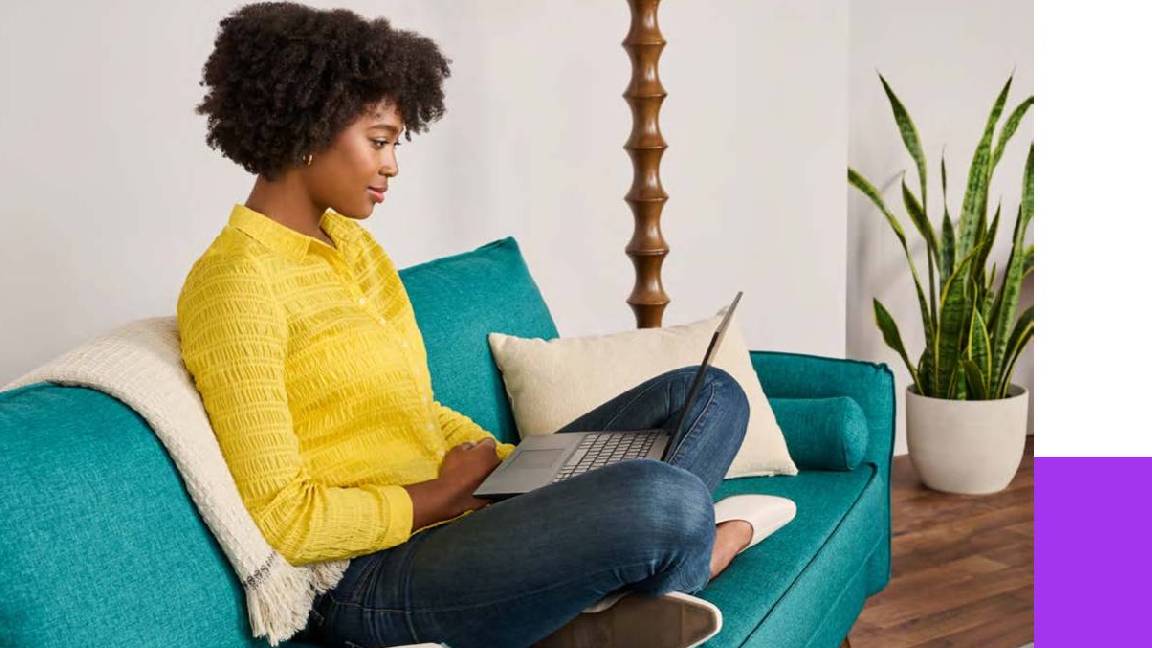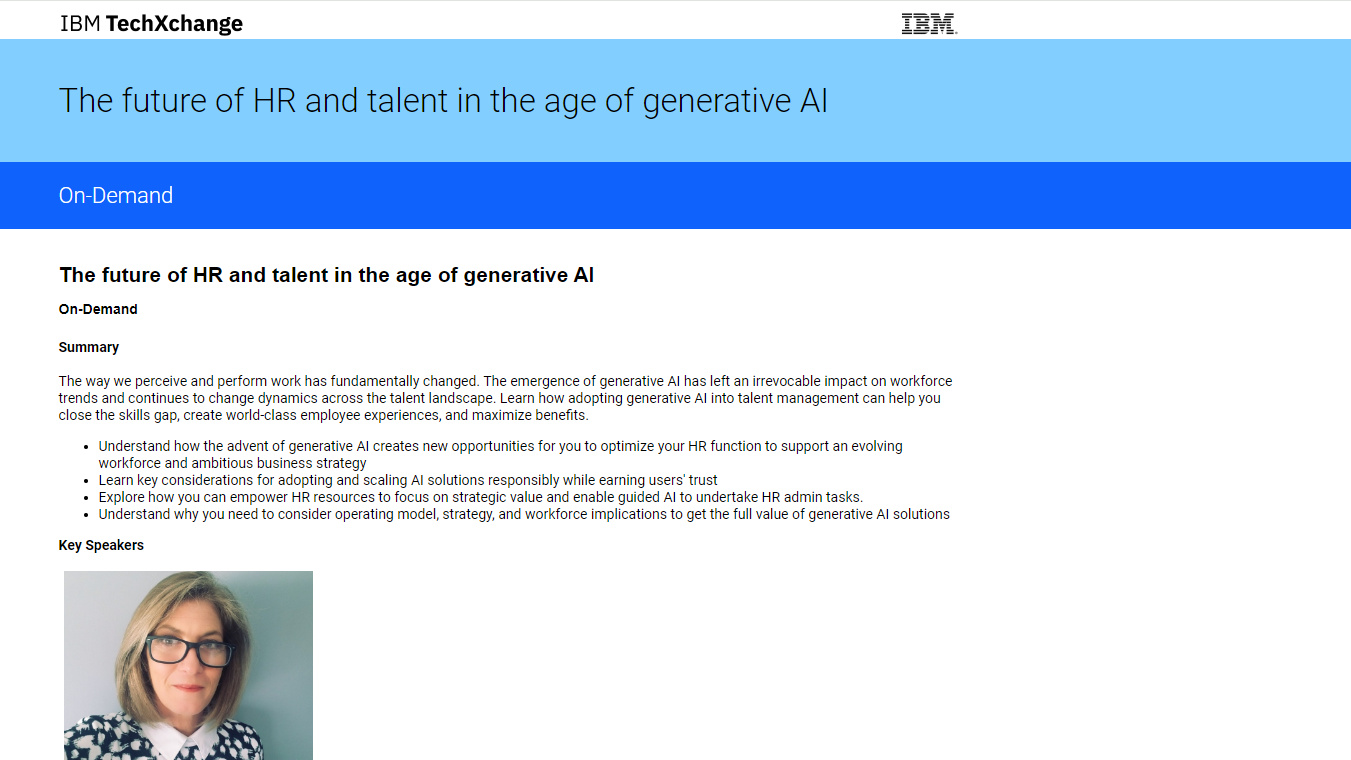What new trends teach us about the future of collaborative tech
Products and services can be futuristic or traditional, so long as they're inclusive


Every business, no matter how small, relies on collaboration to get the job done. Ideas need to be generated, honed and perfected. Projects need to be defined, scoped, managed and evaluated. Clients and staff teams need to be listened to and worked with.
There are two key imperatives for effective collaboration: Pairing many-to-many' communications (like a real conversation) with the need to bypass hierarchies and old ideas about who can and can't participate.
Combining these two gives an organisation the highest chance of getting the best ideas, while encouraging everyone to contribute means people feel valued rather than sidelined out of the important decisions.
New lines of communication
Technology is very good both of these, but it has to be implemented well to achieve them that means picking the right product for your needs. For example, Casual Dining Group has ditched email for its staff communications, and instead uses Workplace by Facebook, a platform that supports collaboration in businesses that don't necessarily have a traditional infrastructure in place.
"Crucially, this has allowed us to connect all of our workers, regardless of their job title or location," Celia Pronto, chief customer and digital officer at Casual Dining Group, tells IT Pro. "For a restaurant business, where many employees don't have an email address, this is critical."
This has created benefits for the business it has "fostered a healthy sense of competition, created a space to share best practice and garnered an openness and awareness of wider business aims," says Pronto.
Similarly, Tinypulse, an anonymous platform for interacting with employees through questions, cheers, suggestions and direct messages has helped PR Agency NeoPR engage better with its staff.
Get the ITPro daily newsletter
Sign up today and you will receive a free copy of our Future Focus 2025 report - the leading guidance on AI, cybersecurity and other IT challenges as per 700+ senior executives
Neo PR's director, Gemma Spinks, says: "Since implementing this tool we have seen increased collaboration between teams on subjects that may not have otherwise been addressed. Staff morale is also greatly improved as people feel they have an official forum to raise, discuss and share concerns they, or other team members may have.
She adds that using these types of collaborative tools "allows everyone in the team, not just the line managers, to recognise and highlight good work, successes or general pleasantness in the office."
The workspace is evolving
In a traditional office environment, using collaborative technology often goes hand in hand with a physical reconfiguration of the workspace.
One approach that's growing in popularity is huddle rooms' in many ways a reaction to open plan offices which typically lack places to sit and chat. Huddle rooms have comfy seating and tables to work at, and, most importantly, are loaded with tech big screens for video calls, interactive whiteboards, conference call setups. This makes them ideal for including remote workers who can join by voice, video and screen share.
This approach isn't just for businesses. At Guy's and St Thomas's NHS Foundation Trust there is now a state-of-the-art Cancer Centre, a huddle room equipped with screens and communications equipment. This allows cases to be discussed in a secure environment, medical documents and files to be viewed, and conversations to be had with colleagues who may be at other hospitals.
Professional services company PwC has taken the concept of the huddle room one step further with its new Delta Room'. Located at its office in Paris, it's fitted with multiple large format, gesture-controlled screens that can capture information in real-time, as well as wireless audio and a mix of desk and sofa style seating. It's an open-plan meeting space that allows people to move around freely while collaborating and of course, it can include remote participants.
Not constrained by time and space
Collaborative technologies really come into their own when they allow people to defy time and space, and come together to pursue projects wherever they happen to be. Achieving this doesn't necessarily require lots of futuristic looking equipment or fancy features. Often it is just about having access to shared working space.
For example, when taxi booking service mytaxi rebranded to incorporate Hailo, it needed to establish a new brand identity with a small team spread between London, Dublin, Hamburg, and Barcelona all within four months. It needed its team to be able to work together, yet remain flexible to meet tight deadlines.
The team worked in Dropbox Paper, a shared document development system, for all elements of the project from creating strategy documents to mock-ups with feedback and wireframes. The task was so big that Gary Bramall, chief marketing officer at mytaxi describes it as "the marketing equivalent of raising the Titanic with a tiny team"
Pushing at an open door
What all of these examples show is that collaborative technology can be futuristic (like gesture responsive screens) or more traditional (like Dropbox Paper), but it can't be exclusive or restricting. Closed door meetings are dwindling in favour of open collaboration, and the idea of having to be present in person to join in a discussion is a thing of the past.
The cutting-edge, like PwC's Delta Room, is all about democratising and inclusion. Whatever we see next in collaborative tech, it's likely to push further that already open door.
Image: Shutterstock

Sandra Vogel is a freelance journalist with decades of experience in long-form and explainer content, research papers, case studies, white papers, blogs, books, and hardware reviews. She has contributed to ZDNet, national newspapers and many of the best known technology web sites.
At ITPro, Sandra has contributed articles on artificial intelligence (AI), measures that can be taken to cope with inflation, the telecoms industry, risk management, and C-suite strategies. In the past, Sandra also contributed handset reviews for ITPro and has written for the brand for more than 13 years in total.
-
 'Digital hide-and-seek': Workers are wasting hundreds of hours a year sourcing the information they need to carry out their role
'Digital hide-and-seek': Workers are wasting hundreds of hours a year sourcing the information they need to carry out their roleNews Knowledge workers globally are wasting a quarter of their working week tracking down information, new research from Atlassian has revealed.
By George Fitzmaurice
-
 Untethered: How CIOs and CISOs are paving the way for the new hybrid workforce
Untethered: How CIOs and CISOs are paving the way for the new hybrid workforceWhitepaper Effective techniques to transition from exposed legacy infrastructure to an effective zero trust strategy
By ITPro
-
 Essential skills for managers: Develop resilient employees
Essential skills for managers: Develop resilient employeesWhitepaper Build team culture, no matter where your people are located
By ITPro
-
 2024 Global learning & skills trends report
2024 Global learning & skills trends reportWhitepaper Top trends for the future of work
By ITPro
-
 Reimagining leadership development for today’s workforce
Reimagining leadership development for today’s workforceWhitepaper Top trends for the future of work
By ITPro
-
 A leader’s guide to battling workforce burnout
A leader’s guide to battling workforce burnoutWhitepaper Prevent burnout among your employees
By ITPro
-
 The GenAI transformation: Perspectives on leadership
The GenAI transformation: Perspectives on leadershipWhitepaper Guide employees through a generative AI transformation
By ITPro
-
 The future of HR and talent in the age of generative AI
The future of HR and talent in the age of generative AIWebinar Transform your people management, support your workforce, and optimize your HR strategy
By ITPro

